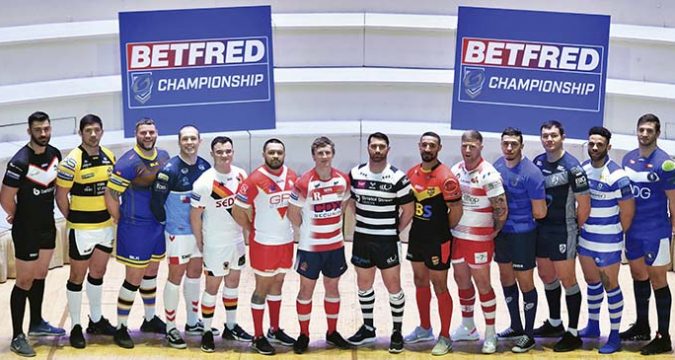 The Rugby Football League has had some unenviable tasks in recent times, but sorting out how feasible it is for the Championship and League 1 to restart this year must be among the most difficult.
That is down primarily to the wide range both of club views and circumstances, ranging from those with Super League aspirations and full-time squads,
The Rugby Football League has had some unenviable tasks in recent times, but sorting out how feasible it is for the Championship and League 1 to restart this year must be among the most difficult.
That is down primarily to the wide range both of club views and circumstances, ranging from those with Super League aspirations and full-time squads, The Championship’s conundrum as D-Day beckons
 The Rugby Football League has had some unenviable tasks in recent times, but sorting out how feasible it is for the Championship and League 1 to restart this year must be among the most difficult.
That is down primarily to the wide range both of club views and circumstances, ranging from those with Super League aspirations and full-time squads,
The Rugby Football League has had some unenviable tasks in recent times, but sorting out how feasible it is for the Championship and League 1 to restart this year must be among the most difficult.
That is down primarily to the wide range both of club views and circumstances, ranging from those with Super League aspirations and full-time squads, 